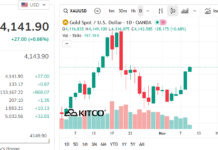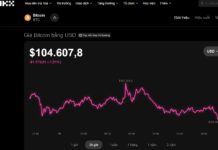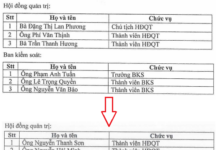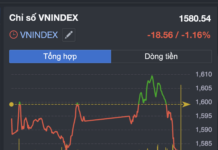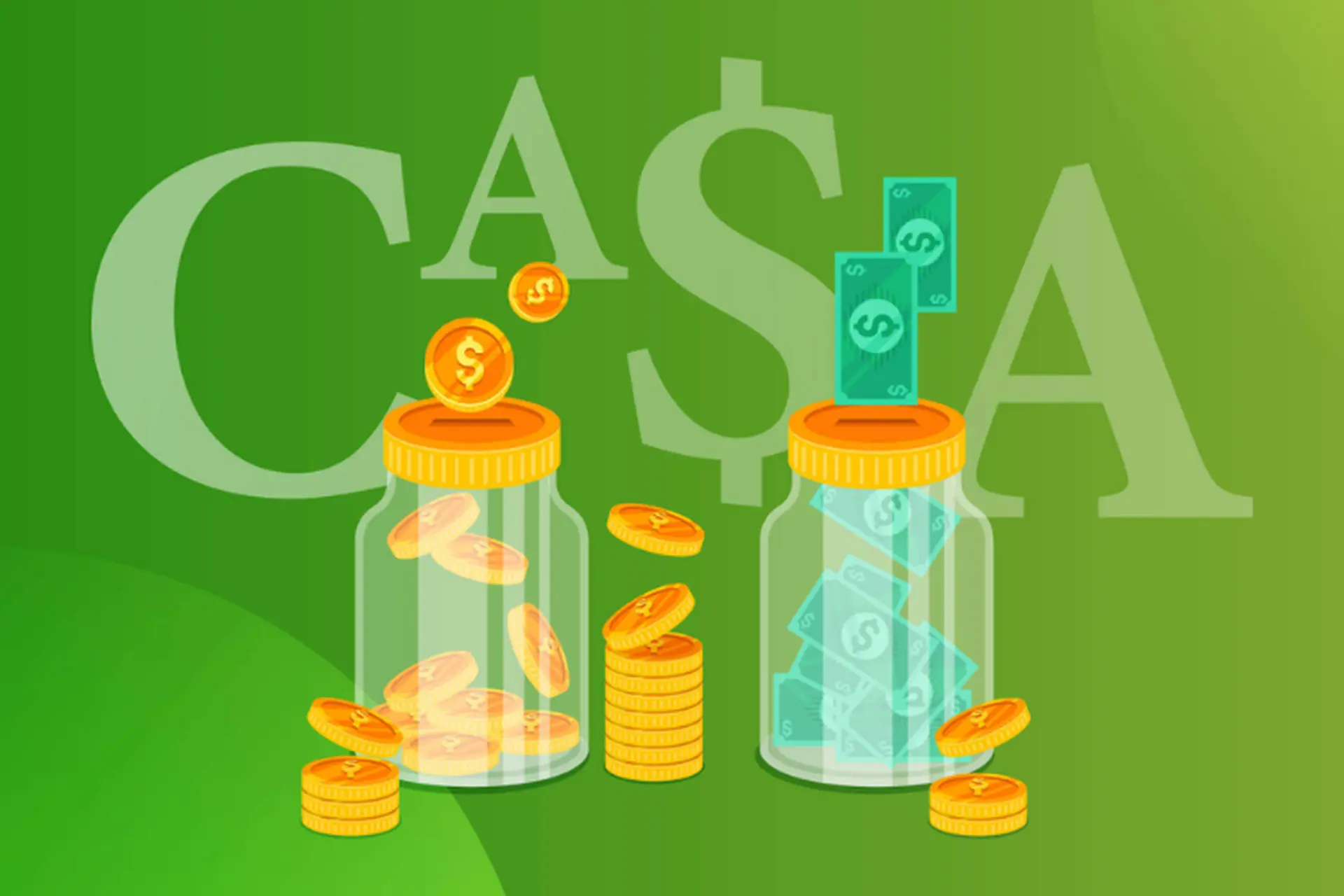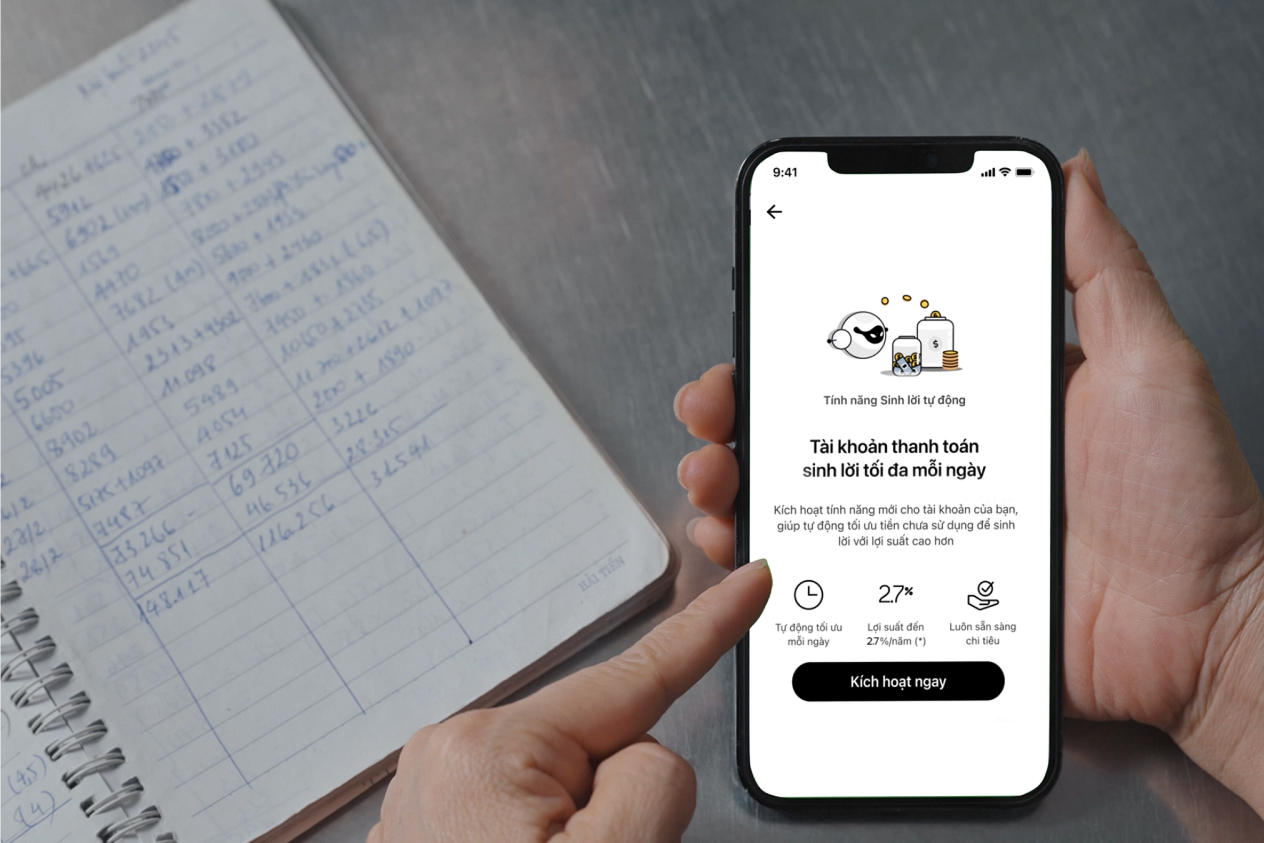What is the primary purpose of “auto-profit” banking products?
CASA is a low-cost funding source. With auto-profit products, banks help customers maintain liquidity while earning higher interest rates compared to regular transaction accounts. |
What is the key difference between “auto-profit” and regular transaction accounts?
Instead of letting money sit idle, the system automatically allocates it to safe, short-term investments within the bank’s ecosystem, allowing customers to earn returns while maintaining withdrawal flexibility. |
What is the most significant benefit customers gain from “auto-profit” products?
Auto-profit products combine the liquidity of transaction accounts with the interest benefits of savings accounts, making them ideal for optimizing idle funds without sacrificing accessibility. |
– 19:28 26/09/2025
The CASA Race Heats Up!
As per the financial reports of banks for the first half of 2024, there has been a shuffle in the pack when it comes to demand deposit accounts (CASA) ratios. Notably, MB has surged ahead to claim the top spot with an impressive CASA ratio of 38.83%, attributing its success to its vast customer base and robust digital transactions. Despite maintaining a substantial CASA balance of over VND 180 trillion with a ratio of 37.4%, Techcombank finds itself in the second position.







